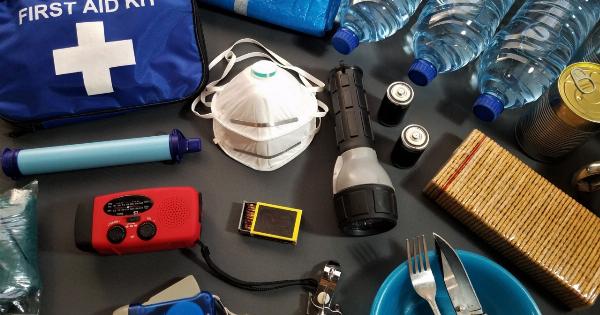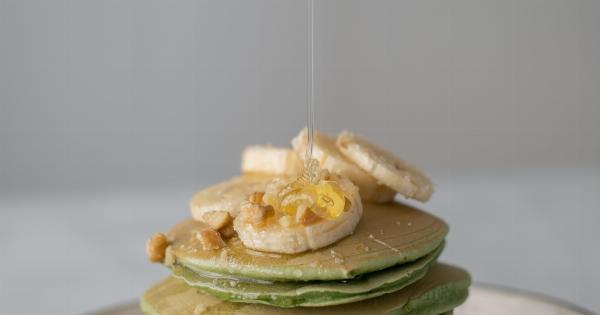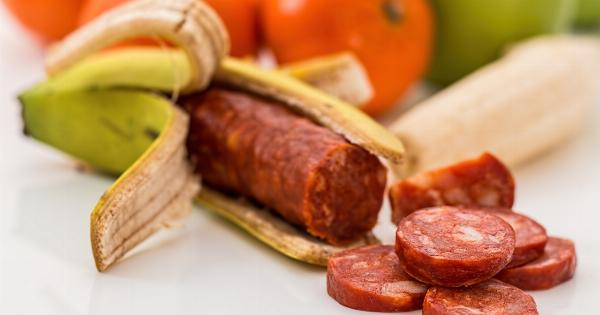In recent years, there has been a growing concern about the potential health risks associated with non-stick cookware.
These convenient kitchen tools have become a staple in many households, but are they really safe to use? In this article, we will explore the science behind non-stick cookware and its possible impact on our health.
The Science of Non-Stick Coatings
Non-stick cookware is typically made with a coating of polytetrafluoroethylene (PTFE), a synthetic fluoropolymer of tetrafluoroethylene. This coating is what gives the cookware its non-stick properties, making it easier to cook and clean.
However, during high heat cooking, this coating can release toxic fumes and chemicals.
Understanding the Dangers
When non-stick cookware is exposed to high temperatures, it can release perfluorooctanoic acid (PFOA) and other potentially harmful chemicals into the air.
These fumes can be inhaled and have been linked to a range of health issues, including respiratory problems, hormonal imbalances, and even certain types of cancer.
Additionally, when non-stick coatings are scratched or damaged, small particles can be released into the food we eat. These particles can then be ingested and accumulate in our bodies over time.
While the exact health impacts of these particles are still being studied, there is a growing concern that they may be harmful.
Alternatives to Non-Stick Cookware
If you’re concerned about the potential risks of non-stick cookware, there are several alternatives you can consider:.
1. Stainless Steel
Stainless steel cookware is a popular choice due to its durability and non-reactive nature. While it may require a bit more oil or butter to prevent sticking, it is generally considered a safe option.
2. Cast Iron
Cast iron cookware is known for its excellent heat retention and even cooking. It requires seasoning to maintain its non-stick properties, but once properly seasoned, it can provide a safe and natural alternative to non-stick coatings.
3. Ceramic Cookware
Ceramic cookware is made from inorganic minerals and is free of PFOA and PTFE. It offers a non-stick surface without the potential health risks associated with non-stick coatings.
4. Glass Cookware
Glass cookware is another safe option, as it does not release any harmful chemicals when exposed to high heat. It is also non-reactive and easy to clean.
Taking Precautions with Non-Stick Cookware
If you still prefer to use non-stick cookware despite the potential risks, there are some precautions you can take:.
1. Use Low or Medium Heat
Avoid using high heat when cooking with non-stick cookware, as this could cause the coating to release more fumes and chemicals.
2. Avoid Scratching the Surface
Use plastic or wooden utensils to avoid scratching the non-stick coating. Scratches can lead to the release of harmful particles and chemicals into your food.
3. Replace Damaged Cookware
If your non-stick cookware is scratched, chipped, or damaged in any way, it is best to replace it. Damaged coatings are more likely to release toxic substances into your food.
Conclusion
While non-stick cookware can be a convenient addition to your kitchen, it is important to be aware of the potential health risks associated with these products.
Considering alternatives such as stainless steel, cast iron, ceramic, or glass cookware can provide safer options for you and your family. By taking precautions and making informed choices, you can reduce the potential harm posed by non-stick cookware.






























